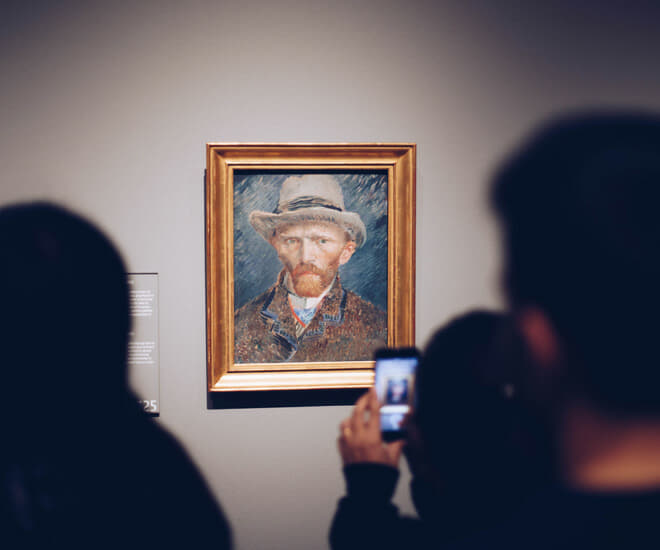#art #investment #NFT #knightsbridgeDAO
“Fractional art ownership is a Knightsbridge business model that allow valuable art to be owned by everyone”— Paul Ebeling
Our new business model is designed to make luxury assets like fine art, which has been mostly reserved for elite groups of collectors, accessible to everyone and aims to resolve the dissonance between a burgeoning group of everyday people desiring to own art with current art collectors.
This is a way to involve everyone in the market to participate and perhaps experience. As a whole, it still allows the art industry to move forward with different business ideas.
While the art market is opening up to new audiences, the challenge lies with having an extensive customer base that adopts this method of ownership, which has a huge future.
Fractional art ownership introduces more liquidity to the art market, it is a way to link highly expensive artwork by shifting the opportunity of ownership from individuals or organizations that can afford it, to everyday people who would want to own a piece of art. It is similar to a stock market where anyone would “feel” a company’s asset will appreciate in the future. Due to its similar nature as stocks, people still tend to comfortably linger in stock markets rather than exploring an alternative investment.
Now, fractional ownership could serve to grow the art investments demand, and in return, it appreciates art prices and encourages more production of artworks. By using this model, museums and galleries are able to raise money without having to take out high-interest loans to purchase new artworks.
Investing in artists which have a proven track record with works worth more than a million dollars, does not make art accessible for all. This model would potentially have benefits for investors, industry professionals and artists.
Back in the early 1900s, there was a tradition of having art advisors to advise avid art collectors which has endured to the present day. However, many art lovers are choosing to trust their own taste, exerting their own individuality and picking out their own desired art.
The accessibility of acquiring art pieces is becoming a dilemma as elite groups with more spending power come in. For them, it is simply a purchase on which they are looking for a return — they want to know the value of the art, and whether the price is fair for that specific piece of work. Overall, it encourages the financial growth of an art piece per se but not much on the growth of more artists.
Millennial art buyers may consider fractional art ownership as a form of investment while younger art buyers under the age of 30 may demonstrate interest. It poses as an entry for a new wave of younger buyers to invest in the art market. Evidently, it is important to offer a new special art investment option that attracts new and younger buyers. Our business option tends to lean more towards the younger generation to help democratize art as their wealth might still be premature.
The Big Q: Is fractional ownership worth it?
The Big A: Many wealthy consumers buy fine art because they have nowhere else to put their money as other investment options get maxed out before buying the art. One might purchase a painting for $10 million and flip it for $12 million after 2 yrs to gain a good return. An art sale typically yields slowly over a yr, but there are other regular investments that have lower barriers of entry coupled with higher returns.
Like cryptocurrency and its associated technology, fractional art shares the same concern when it comes to secure ownership and how it could be served in the future.
As fractional ownership is gradually taking shape, the new model has yet to see popularity among consumers. It could eventually cease further development and might revert to classical trading of entire art pieces. While fractional art has ambitions of trying to bridge the gap between social elites and everyday people consuming art in a new way, more needs to be done in the appreciation of art in our everyday lives to see a full effect on art democratization.
Have a prosperous holiday weekend, Keep the Faith!









